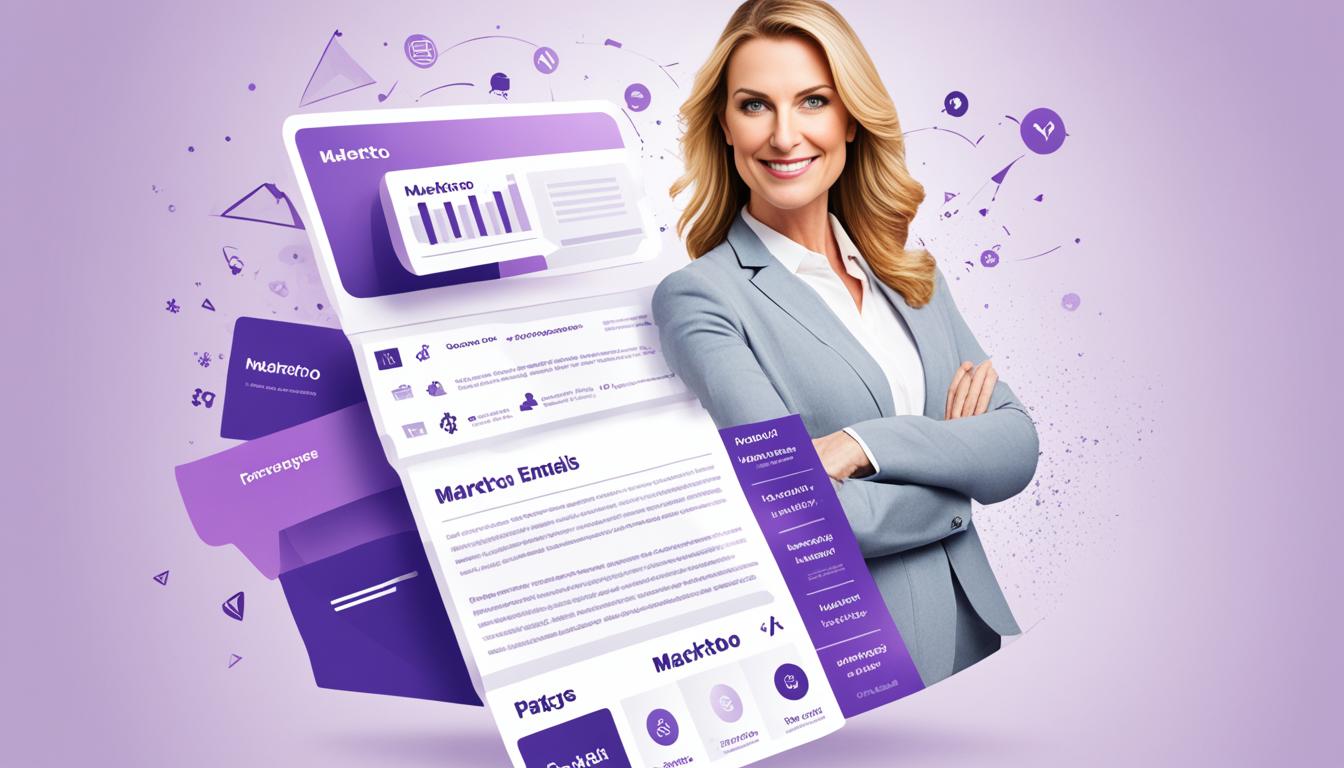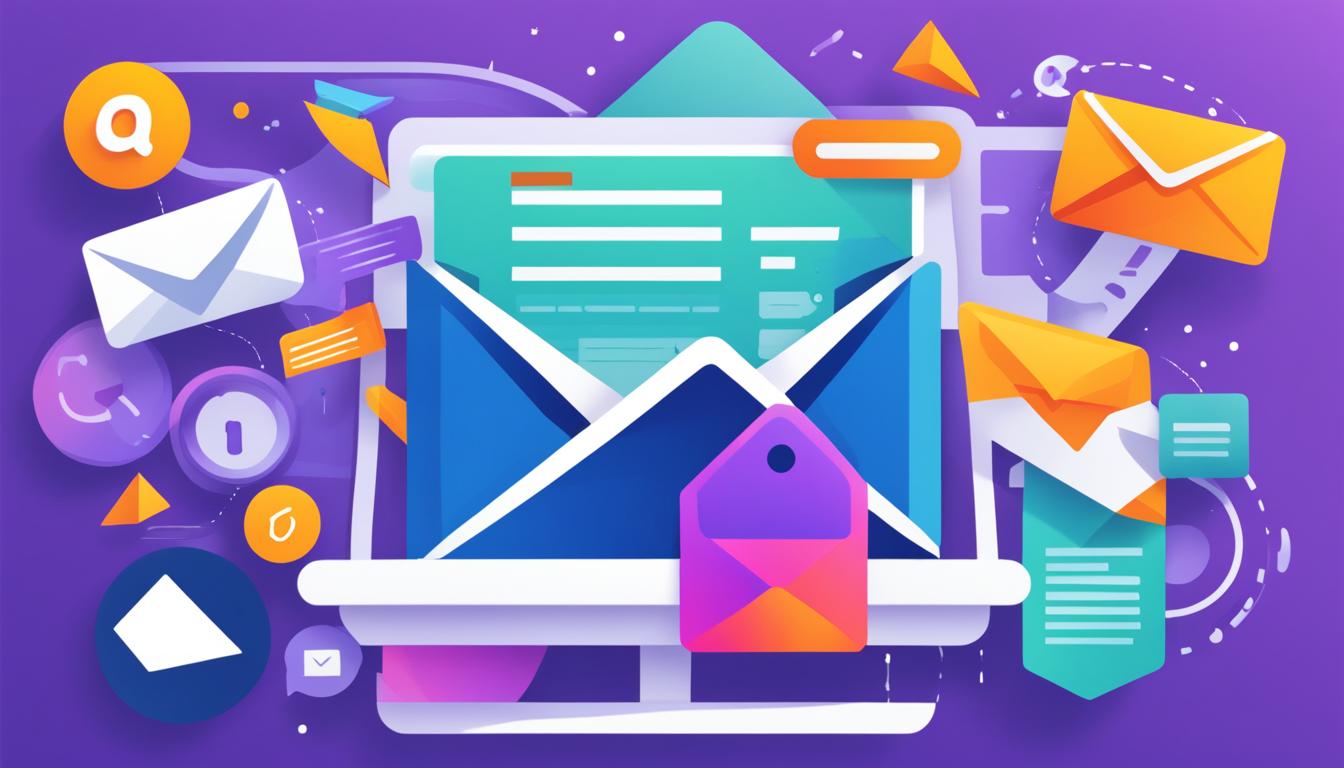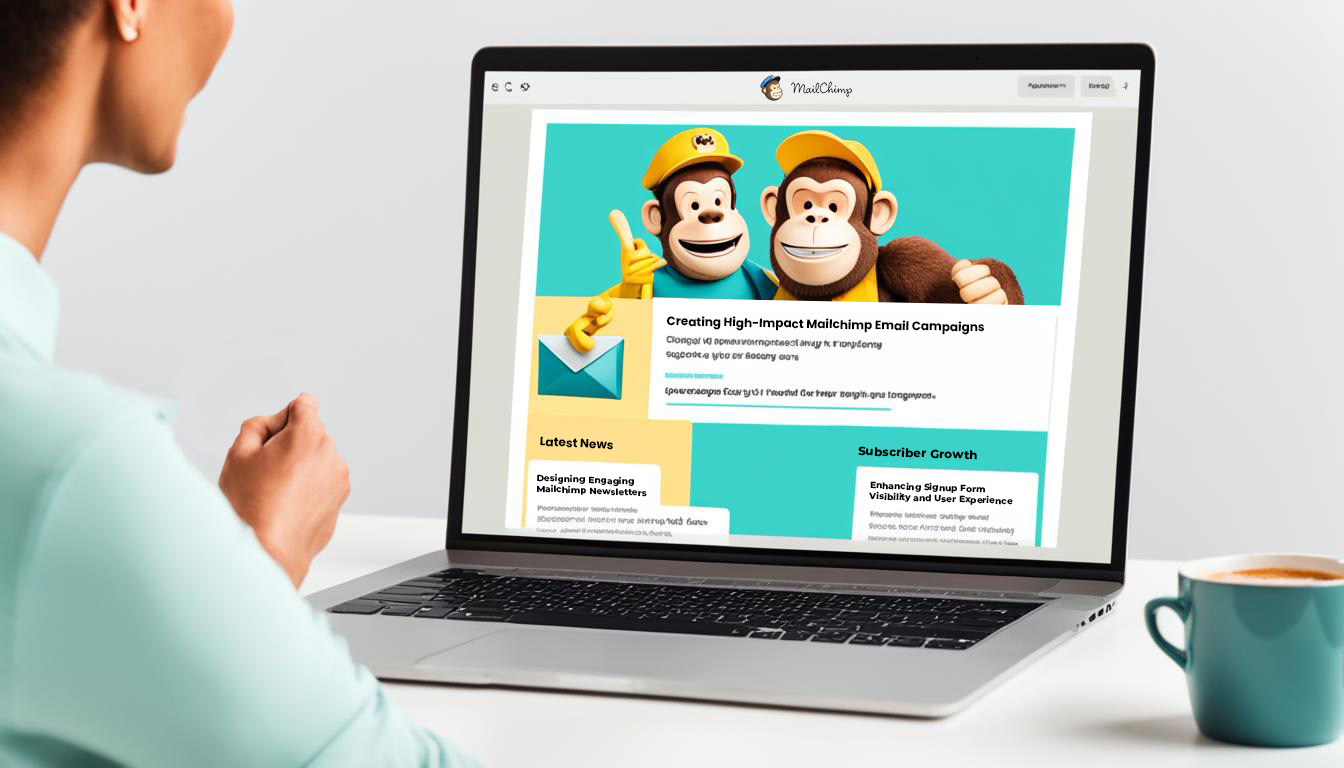Introduction
Imagine having a personal assistant, meticulously reaching out to every potential customer, following up at just the right moment, with just the right message. Sounds like a dream scenario? Well, welcome to the reality of lead nurturing!
Lead nurturing is that silent salesman who never sleeps, tirelessly working to convert your leads into loyal customers. It’s all about building relationships with prospects even if they are not currently looking to purchase a product or service. The goal? To ensure your brand stays top-of-mind, so when they’re ready to buy, you’re their first choice.
But how can businesses accomplish this without draining resources or crossing the line into spam territory? The answer lies in marketing automation. This article homes in on how marketing automation plays a vital role in shaping effective lead nurturing strategies. From leveraging data for personalized outreach to maintaining continual communication throughout the customer lifecycle – we’ll delve into all these aspects and more.
By using marketing automation for nurturing leads, businesses can streamline their processes, improve efficiency and ultimately drive more conversions. So stick around as we unpack how to optimize your lead nurturing efforts using this powerful tool.
1. Leveraging Data and Automation for Personalized Lead Nurturing
Data-driven lead nurturing — the phrase sounds complex, but it’s a straightforward concept. It’s about using information to make your marketing efforts more targeted and effective. Sounds pretty cool, right? But how does it work exactly? Let’s dive in.
How Data Enhances Marketing Automation in Lead Nurturing
Data enhances the targeting capabilities of marketing automation in lead nurturing campaigns. Imagine you’re a salesperson. Instead of throwing darts in the dark, hoping something sticks, wouldn’t you prefer an approach where you know exactly who your target is, what they want, and how you can deliver value to them? That’s what data does for your lead nurturing campaigns.
Through data analysis, marketers gain insights into customer behavior, preferences, and pain points. This information is like gold dust for creating personalized marketing messages that resonate with your audience.
Consider this: You’ve got a diverse audience interested in your products or services. Some are tech-savvy Millennials; others are Baby Boomers who prefer traditional communication methods. Sending the same email to everyone won’t make much sense, will it?
That’s where email list segmentation steps in — another key aspect of data-driven lead nurturing. By dividing your audience into smaller groups based on shared characteristics or behaviors, you can tailor your messages to fit each segment’s unique needs and preferences. The result? Relevant content that strikes a chord with different audience segments.
The Role of Automation Tools in Lead Nurturing
Can you imagine manually sorting through thousands of contacts and sending individual emails? That would not only be time-consuming but also prone to errors.
Enter automation tools. These powerful solutions automate repetitive tasks in lead nurturing processes, freeing up time for marketers to focus on creative strategy development.
For example, platforms like MailChimp offer robust features for automating email campaigns. You can easily set up automated responses based on user actions — send a welcome email when someone signs up for your newsletter or a discount code when they abandon their shopping cart.
Another example is CRM software like HubSpot, which allows you to track and manage customer interactions across multiple channels. With its automation capabilities, you can set up triggered actions based on specific events, such as sending a follow-up email after a customer makes a purchase.

The Power of Data-Driven Lead Nurturing
So there you have it. Data-driven lead nurturing isn’t just a fancy term; it’s a powerful strategy that combines data analysis, email list segmentation, and automation tools to deliver personalized content that resonates with your audience.
But hold on, this is just the beginning. There are more layers to this lead nurturing onion that we’ve yet to peel. Let’s keep exploring the power of marketing automation in the next sections.
2. Continual Communication throughout the Customer Lifecycle
Have you ever wondered why some businesses always stay in your thoughts while others quickly fade away? It’s not magic, it’s continual communication. In a world where being out of sight means being out of mind, consistently engaging with your audience is crucial for keeping your brand front and center.
The Power of Consistent Engagement
Let’s explore this further. You’ve successfully attracted potential customers to your brand – fantastic! But remember, the customer journey doesn’t stop there. It’s important to keep them interested and connected with your brand for long-term relationship building.
Here’s an example to illustrate this point: Imagine you’re at a party and you meet someone who catches your attention. You have a great conversation, exchange contact information, but then never reach out to them afterwards. What do you think will happen? Most likely, that initial connection will fizzle out and be forgotten. The same principle applies to your leads. If you don’t maintain regular contact with them, they might simply forget about your brand over time.
So how can we prevent this from happening? That’s where marketing automation comes in.
Marketing Automation: Your Key to Visibility and Retention
We understand that you’re busy running your business. Sending personalized messages to hundreds or even thousands of leads manually is nearly impossible. This is where marketing automation can be a game-changer for you.
By using marketing automation tools, you can set up automated workflows that send out targeted emails, social media posts, and SMS messages based on specific triggers or schedules. Just imagine the power of being able to send personalized birthday wishes or exclusive offers to each of your leads without having to spend hours doing it manually!
The benefits of marketing automation go beyond saving time and effort. It also allows you to:
- Maintain brand visibility by staying consistently present in your audience’s inbox or social media feed
- Strengthen the relationship with your audience by showing them that you care and remember important details about them
- Understand your leads better by tracking their interactions with your content and identifying their interests and preferences
Think of it as having a virtual assistant who helps you stay on top of things. Similar to how an assistant would remind you to follow up after a party, send a birthday card, or simply check in with a friendly message every now and then – marketing automation ensures that no lead feels neglected and each one receives the right attention at the right time.
It’s clear that continual communication is not just a nice addition but an essential component in today’s digital landscape. And thanks to marketing automation, implementing this strategy has never been more accessible for businesses of all sizes.
In our next section, we’ll dive deeper into the world of marketing automation by exploring advanced strategies for effective lead segmentation.
Advanced Strategies for Effective Lead Segmentation with Marketing Automation
Imagine using advanced lead segmentation to make your lead nurturing campaigns even more effective. The goal is simple: send the right message, to the right person, at the right time. But how can you achieve this?
Implementing Advanced Criteria for Contact List Segmentation
With modern marketing automation tools, you have the power to analyze your data in detail and create highly targeted segments. It’s like being a professional chef who knows exactly how to cut and prepare ingredients for a gourmet meal. Instead of just looking at basic information about your contacts, such as their age or location, you can consider a wide range of factors that reveal their behavior and preferences. This allows you to segment your contact lists based on advanced criteria that go beyond simple demographics.
Here are some examples of the types of data you can use for advanced segmentation:
- Purchase history: By analyzing what products or services a contact has bought in the past, you can understand their preferences and identify potential upsell opportunities.
- Engagement levels: Looking at how frequently a contact interacts with your emails or website can help you determine who is highly interested and who might need some extra encouragement.
- Support interactions: Reviewing any customer support tickets or chats can give you valuable insights into their satisfaction levels and areas where you can improve your product or service.
By using these advanced criteria for segmentation, you can ensure that each contact receives messages that are relevant to their specific needs and interests. This level of personalization can significantly increase the effectiveness of your marketing campaigns.
Using Events as Triggers for Targeted Actions
Instead of waiting for your leads to take action on their own, why not proactively reach out to them based on specific events or actions they have already taken? This approach, known as events-based segmentation, allows you to automate targeted actions that are triggered by specific behaviors.
Here are a few examples of how you can use events-based segmentation:
- When a lead downloads a gated resource from your website, you can automatically enroll them in an educational email series that dives deeper into the topic they’re interested in.
- If a lead adds items to their cart but doesn’t complete the purchase, you can send them a personalized email reminder with a limited-time discount code to incentivize them to come back and complete the transaction.
- For existing customers, you can set up automated messages to be sent on important dates such as their subscription renewal or anniversary, thanking them for their loyalty and offering them a special discount or upgrade.
By leveraging these events as triggers for targeted actions, you can create timely and relevant experiences for your leads, increasing the chances of conversion and customer retention.
Tailoring Content Based on Buyer’s Stage-Based Segmentation
Not all leads are at the same stage of their buying journey. Some may have just become aware of their problem and are looking for information, while others may already be considering different solutions or are ready to make a decision. By understanding where each lead is in their buyer’s journey, you can deliver content that aligns with their specific needs and motivations.
Here’s how you can approach segmentation based on the buyer’s stage:
- Awareness Phase: During this stage, leads are still exploring their challenges and trying to understand the possible solutions. Your goal here is to provide educational content that addresses their pain points without being overly promotional.
- Consideration Phase: In this stage, leads have identified their problem and are actively researching different options. Your focus should be on providing comparative information that highlights the unique benefits of your solution.
- Decision Phase: Leads in this stage have narrowed down their choices and are close to making a final decision. Your messaging should include urgent calls-to-action (CTAs) and social proof elements such as testimonials to help them feel confident in choosing your product or service.
By tailoring your content based on the buyer’s stage, you can guide leads through their decision-making process more effectively and increase the likelihood of conversion.
Delivering Personalized Experiences with Website Behavior-Based Segmentation
Your website is not just a static online presence. It’s also a valuable source of data that can give you insights into how visitors are interacting with your brand. By tracking and analyzing their behavior on your website, you can uncover valuable information about their interests and preferences.
Here are some examples of how you can use website behavior-based segmentation:
- If a visitor spends a significant amount of time reading case studies on your website, you can automatically send them follow-up information that is specific to the industry or use case mentioned in those case studies.
- For someone who repeatedly visits the pricing page but hasn’t taken any further action, you can trigger a personalized email or chat message offering them additional information or a consultation to address any concerns they may have.
- If a lead has previously attended one of your webinars or online events, you can tailor future communications to highlight related topics or invite them to similar upcoming events.
By leveraging website behavior-based segmentation, you can create customized experiences for your leads based on their individual preferences and actions. This level of personalization helps to build stronger connections and increases the chances of conversion.
“Your website visitors are telling you exactly what they’re interested in. It’s up to you to listen, understand, and respond accordingly.” – Ryan Deiss
With these advanced strategies in place, marketing automation becomes more than just a tool — it becomes an extension of your brand’s intelligence and empathy. It’s about recognizing the individuality of each lead and honoring it with communication that feels tailor-made because in many ways, it is. As we pivot towards the technical prowess needed to support these strategies, remember: technology is most powerful when it amplifies human connection, not replaces it.
4. Key Features to Look for in a Marketing Automation Platform for Lead Nurturing Success
When you want to turn potential customers into loyal ones, it’s important to have a marketing automation platform that does more than just basic tasks—it’s a strategic partner, an assistant, and a personalizer all rolled into one. Here are the essential features that empower such a platform to excel in lead nurturing:
1. Automated Workflows: Your Guide Through the Sales Funnel
Craft lead nurturing workflows that gently guide potential customers closer to making a purchase with precision:
- Create personalized journeys for each individual based on their actions and behavior
- Deliver targeted content at the right time through the right channels
- Automate repetitive tasks to save time and effort
2. Lead Scoring: The Art of Prioritization
Assign scores to potential customers based on their level of engagement and interest:
- Track email opens, clicks, website visits, and other interactions
- Identify hot leads who are highly engaged and ready for sales outreach
- Prioritize follow-up activities based on lead scores to maximize conversion opportunities
3. Push Notifications: The Power of Instant Communication
Utilize push notifications as a way to engage with potential customers in real-time:
- Send timely messages or updates that capture attention immediately
- Drive users back to your app or website with compelling offers or information
- Optimize push notification delivery based on user preferences and behavior
4. Dynamic Content: Creating Personalized Experiences
Deliver tailored content experiences that adapt to each individual’s preferences and needs:
- Customize website or app content based on user demographics or past interactions
- Recommend relevant products or resources based on user interests or browsing history
- Use dynamic email templates that automatically update with fresh content upon open
5. Analytics: Insights for Continuous Improvement
Measure and analyze the performance of your lead nurturing efforts to make data-driven decisions:
- Track key metrics such as click-through rates, conversion rates, and revenue generated
- Identify trends or patterns in user behavior to uncover optimization opportunities
- Test different strategies or variations to see what resonates best with your audience
These features are not just nice-to-haves; they are essential components of a successful lead nurturing strategy. When choosing a marketing automation platform, keep in mind that it’s more than just software—it’s a valuable tool that supports your efforts in building meaningful connections with potential customers.
“Your marketing automation platform isn’t just software—it’s your silent salesman, working tirelessly behind the scenes to ensure every lead feels seen and valued.”
Remember, effective communication with your audience goes beyond simply sharing content—it’s about fostering meaningful conversations that build trust and loyalty.
5. Recommended Tools for Implementing Marketing Automation in Your Lead Nurturing Initiatives
Ready to dive into the world of marketing automation? You don’t have to start from scratch to streamline your lead nurturing process. There are many tools available, each with its own strengths and features. Here are three key resources that can help you succeed in lead nurturing with marketing automation: HubSpot Academy, Zapier, and Aritic PinPoint.
HubSpot Academy: Learn and Implement
HubSpot Academy is a great resource for marketers like you. Whether you need help with strategy or want to learn how to use their platform, HubSpot has what you need. Their courses and tutorials cover topics such as:
- Creating personalized email campaigns
- Setting up automated workflows
- Using data analytics to improve your strategy
- Engaging leads at different stages of the sales funnel
With these valuable resources, implementing marketing automation through HubSpot becomes much easier.
Zapier: Connect and Automate
Zapier is a tool that allows all your apps to work together seamlessly. It specializes in creating automated workflows between different platforms, making it ideal for nurturing leads across multiple channels. With Zapier, you can:
- Save time by automating repetitive tasks
- Trigger actions based on specific events
- Transfer data between apps effortlessly (like your CRM and email service)
By integrating Zapier into your lead nurturing efforts, you can take advantage of its wide range of automation workflows.
Aritic PinPoint: Optimize and Measure
Ariric PinPoint is another powerful tool for marketing automation. It provides guides on creating effective lead nurturing campaigns and offers advanced reporting features to track campaign performance. With Aritic PinPoint, you can:
- Use its strong automation capabilities to engage leads personally
- Segment your audience based on their behavior and interactions
- Analyze campaign data for continuous improvement
With these tools in hand, your journey to mastering marketing automation in lead nurturing becomes less intimidating and more enjoyable. Each platform brings something unique to the table, and when used together, they create a winning combination for driving conversions and building customer loyalty. So, are you ready to take your lead nurturing game to the next level? Embrace the world of marketing automation today.
Conclusion
Lead Nurturing and Marketing Automation – two powerful forces, aligning to create a potent strategy that drives conversions, bolsters customer loyalty, and fuels business growth. By harnessing the capabilities of this dynamic duo, you are not just nurturing leads but also cultivating relationships.
Envision this:
- You have data-driven personalization powering your lead nurturing campaigns.
- Constant communication maintains brand visibility.
- Advanced segmentation strategies deliver tailored content based on user behavior and sales funnel position.
- Your chosen marketing automation platform brims with features designed for success.
Doesn’t that sound like a recipe for success? And remember, there’s a wealth of resources available to help you along the way – HubSpot Academy, Zapier, Aritic PinPoint.
But wait! Let’s not forget the most important ingredient here: Your unique perspective. Yes, the strategies we’ve shared can offer a strong framework. Yet, it’s your creativity and understanding of your audience that will truly set your lead nurturing efforts apart.
So go ahead. Start exploring how marketing automation can revolutionize your lead nurturing initiatives. Transform these silent salesman tactics into resonating conversations with your prospects.




